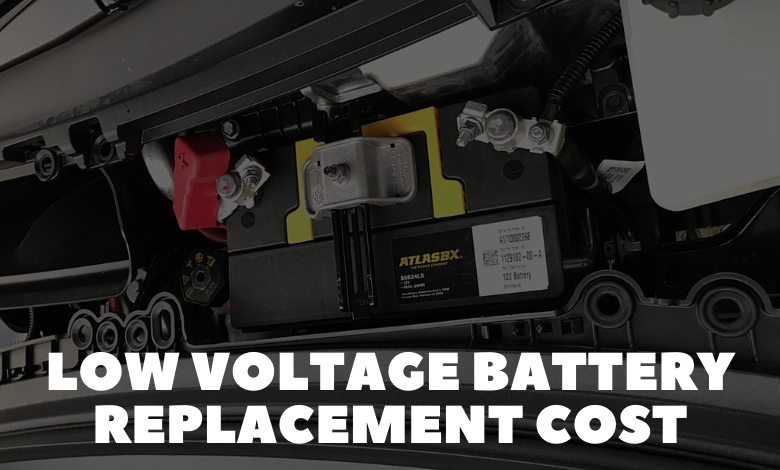Tesla Low Voltage Battery Replacement Cost

As a Tesla technician, I frequently address inquiries regarding the replacement costs associated with Tesla’s low voltage battery. While the low voltage battery may not garner as much attention as the main propulsion battery, it plays a crucial role in powering essential vehicle systems. Here’s a comprehensive overview of what Tesla owners need to know about low voltage battery replacement costs:
Role of the Low Voltage Battery
Tesla vehicles utilize a low voltage battery to power various auxiliary systems, including lights, displays, heating and cooling systems, and onboard computers. While the main propulsion battery provides the energy for driving, the low voltage battery ensures the smooth operation of essential vehicle functions.
Symptoms of Low Voltage Battery Issues
Like any other battery, the low voltage battery in a Tesla may experience degradation over time or malfunction due to various factors such as age, extreme temperatures, or prolonged periods of inactivity. Common symptoms of low voltage battery issues include difficulty starting the vehicle, warning messages on the dashboard, or malfunctions in electronic systems.
Diagnosis and Evaluation
If you suspect that your Tesla’s low voltage battery is in need of replacement, it’s essential to have it diagnosed by a certified Tesla technician. Using diagnostic tools and software, technicians can assess the health of the low voltage battery and determine whether replacement is necessary.
Cost of Replacement
The cost of replacing the low voltage battery in a Tesla can vary depending on factors such as the model of the vehicle, warranty coverage, and labor costs. While Tesla does not publicly disclose specific pricing for individual components, owners can expect replacement costs to be within a range that aligns with industry standards for battery replacements.
While specific pricing for Tesla low voltage battery replacement is not publicly disclosed by the company, based on industry standards and considering the complexity of Tesla’s electrical systems, owners can anticipate a cost range for this service.
Estimating the cost of a Tesla low voltage battery replacement may vary depending on factors such as the model of the vehicle, warranty coverage, and labor rates at Tesla Service Centers or authorized repair facilities. Generally, owners can expect the cost of replacement to fall within the range of $500 to $1500 USD.
It’s important to note that this estimate is for informational purposes only and actual costs may vary based on individual circumstances and service requirements. Owners are encouraged to consult with a certified Tesla technician or service advisor for a personalized assessment and accurate cost estimation. Additionally, warranty coverage may impact out-of-pocket expenses for low voltage battery replacement, so reviewing warranty documentation is recommended before proceeding with any repairs.
Warranty Coverage
Tesla vehicles come with various warranties that may cover the replacement of components, including the low voltage battery. Depending on the age and mileage of the vehicle, as well as the specific terms of the warranty, owners may be eligible for partial or full coverage of low voltage battery replacement costs. It’s important to review the warranty documentation provided with your Tesla to understand what is covered and any applicable terms and conditions.
Preventive Maintenance
While low voltage battery issues may arise over time, there are preventive measures Tesla owners can take to prolong the life of their low voltage battery and minimize the risk of premature failure. Regularly driving your Tesla, keeping the battery charged, and storing the vehicle in moderate temperatures can help maintain the health of the low voltage battery.
Consultation with a Tesla Service Center
If you have concerns about the health of your Tesla’s low voltage battery or are experiencing symptoms of battery issues, it’s recommended to schedule a consultation with a Tesla Service Center. Certified technicians can perform diagnostics, provide expert guidance, and offer recommendations for resolving any battery-related issues.
In conclusion, while the replacement of a Tesla’s low voltage battery may incur costs, owners can take proactive steps to address battery issues and minimize expenses. By staying informed about warranty coverage, seeking professional diagnosis and assistance when needed, and practicing preventive maintenance, Tesla owners can ensure the continued reliability and performance of their vehicles’ essential systems.
